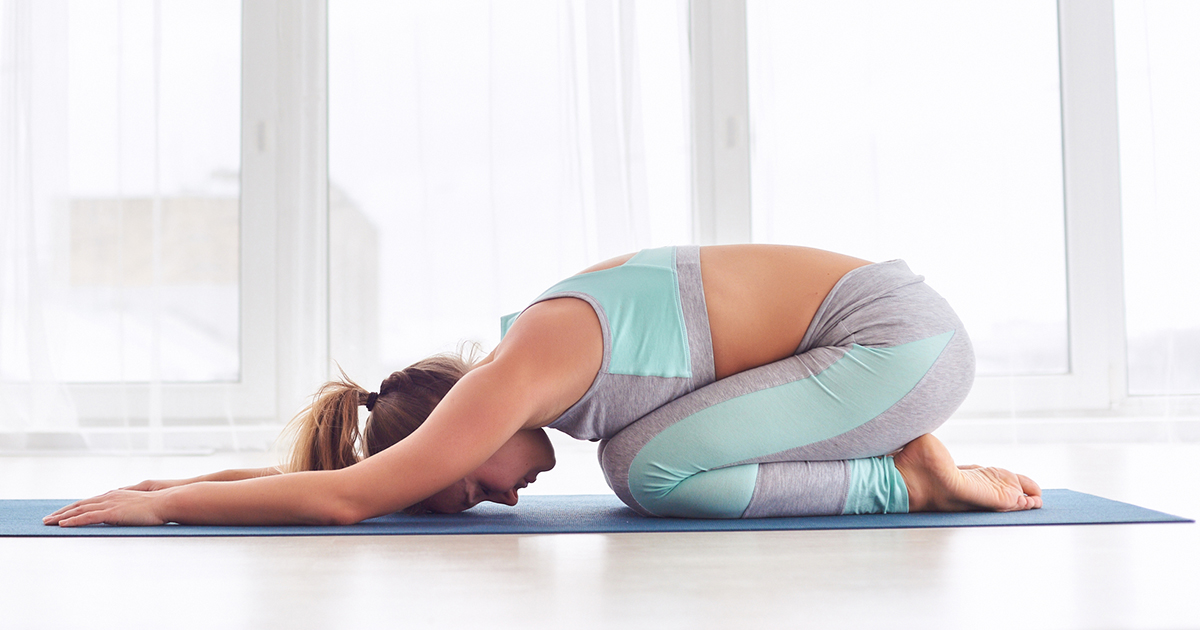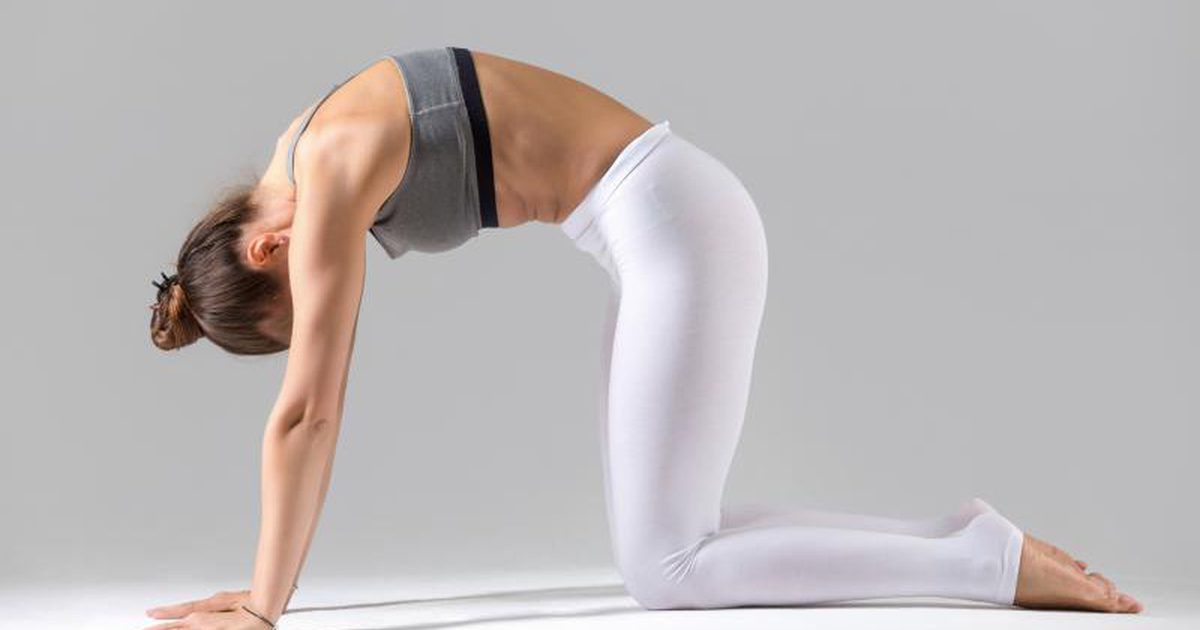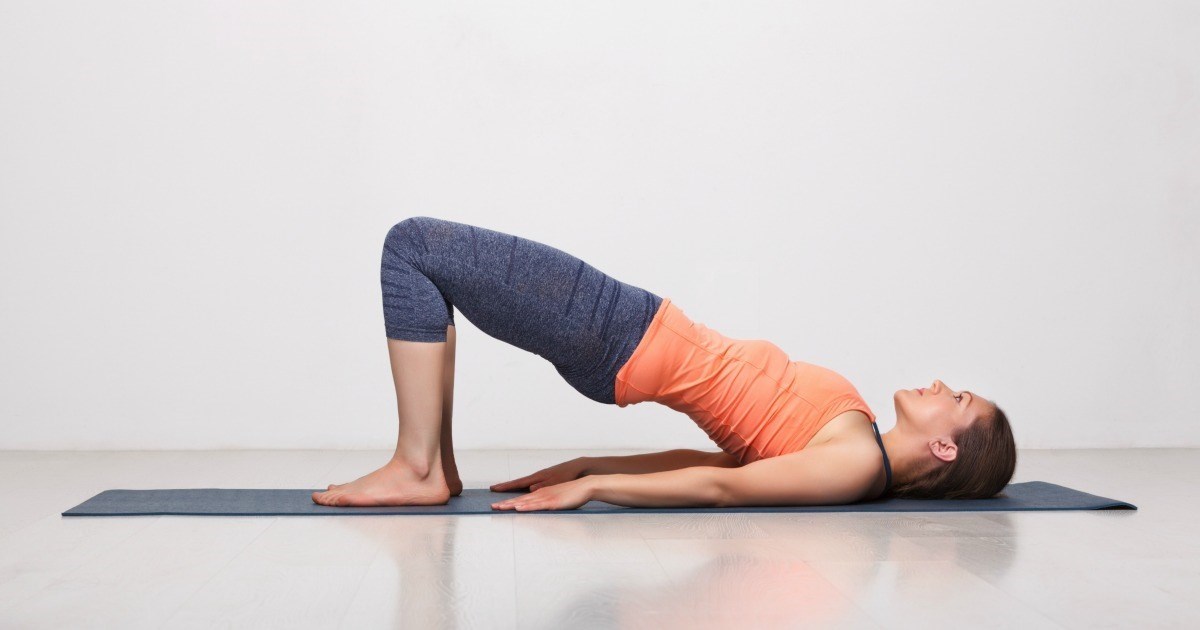Best Lower Back Stretches For Pain
There are several gentle stretches patients can do to reduce their pain or discomfort. Many of these stretches can be done before they get out of bed in the morning to make it easier to get their body moving. Whether their pain is simply from muscular overuse or something more worrisome, such as structural spinal damage, individuals can move their pillow and enjoy pain-relieving stretches even before they leave the warmth of their bed.
As we know, if lower back pain and stiffness becomes severe, it can reduce an individual's ability to exercise effectively, work with focus, and sleep deeply. Since individuals spend so much time sitting, lower back pain has reached epidemic proportions. Individuals can stay comfortably upright and mobile no matter how much sitting they do on a daily basis by keeping their core strong and taking care of their lower back and hips.
Child's Pose

Child's pose is a gentle, slow stretch that will ease tightness in an individual's hip flexors, buttocks, and lower back. It is easy to get into the first position for this stretch and individuals can extend the stretch as deeply as they can tolerate.
Individuals start this stretch on their hands and knees with their knees slightly wider than their hips and their toes touching behind them. They then stretch back and lower their buttocks toward their heels while lowering their chest to their knees. By keeping their hands in the same area, individuals can also stretch their upper back. Patients who struggle with disc damage should consider adding a pillow to their calves to support their lower back rather than lowering fully to the mat. They can also add a pillow between their knees to make the stretch easier.
Hip Flexor Stretch

Tight hip flexors can lead to daytime walking pain and make it hard to sleep. Long-term bouts of tight hip flexors can lead to chronic lower back pain and may limit an individual's ability to move quickly if needed. Luckily, there are several positions from which individuals can enjoy a good hip flexor stretch. Individuals should start with their quadriceps, as tight hip flexors can put excess strain on the muscles at the front of the thigh. They then stand on their left leg and lift their right heel to their right buttock. Individuals can deepen this stretch by placing their left hand forward and pulling their right foot forward. If individuals need to hold onto something to help them balance, they should feel free to do so.
Individuals can also stretch their hip flexors by lunging. This means placing their right foot in front of their left and bending their right leg until they feel a stretch in your left hip. Patients can also start in a kneeling position, bend their right knee at a ninety-degree angle and lean into their right foot to stretch their left hip.
Cat/Cow Stretch

The cat/cow stretch allows individuals to use gravity and their muscle tone to stretch their lower back. To do this stretch, individuals start on their hands and knees. They should make sure that when setting up for this stretch they work at ninety degrees. Their hands need to be directly below their shoulders and their knees directly below their hips.
Once individuals are squared up on their hands and knees, they should arch their back while drawing in their core muscles. They should exhale as they do this and let the top of their head drop toward the floor, squeezing their buttocks and tucking their tailbone under. As they inhale, individuals must let their belly button lower to the floor and lift their tailbone. Individuals can lift their head, but must avoid hyperextending their neck.
Pelvic Tilt

The pelvic tilt is an exercise that requires little movement but can do a lot to help individuals overcome lower back pain. Patients will need to get on the floor and lay flat with their knees up and their feet flat on the floor. They then must take a deep breath and let their stomach expand, and then exhale. The patient's abdomen will drop as they exhale. They can engage their abdominal muscles and pull their stomach down toward their back while tilting their pelvis up slightly. Individuals should avoid doing this exercise sharply or with any bouncing. As the individual inhales, they should allow their pelvis to lower back into a resting position.
Lower-Back Twist

The lower-back twist also requires patients to start on their back with their feet flat on the floor and their knees up. This is an excellent final stretch as it deeply extends the muscles in the lower back. To do this stretch successfully, patients should work very slowly. If they feel any pain in the twist, they should stop. If the individual can, they should allow their legs to lower to the floor to the side while their shoulders stay on the mat. Patients can start with their hands in the cactus position. This is where the arms are extended straight from the shoulders at ninety degrees from the body, then bent at the elbows to place the hands beside the head. Individuals can also do this stretch with their hands at their sides.
If patients find it easy to stretch and hold the full twist, they can increase the stretch by crossing their right foot over their left knee and lowering the left to the floor to the right side of their body. Again, patients must work slowly and stop if they experience pain.
